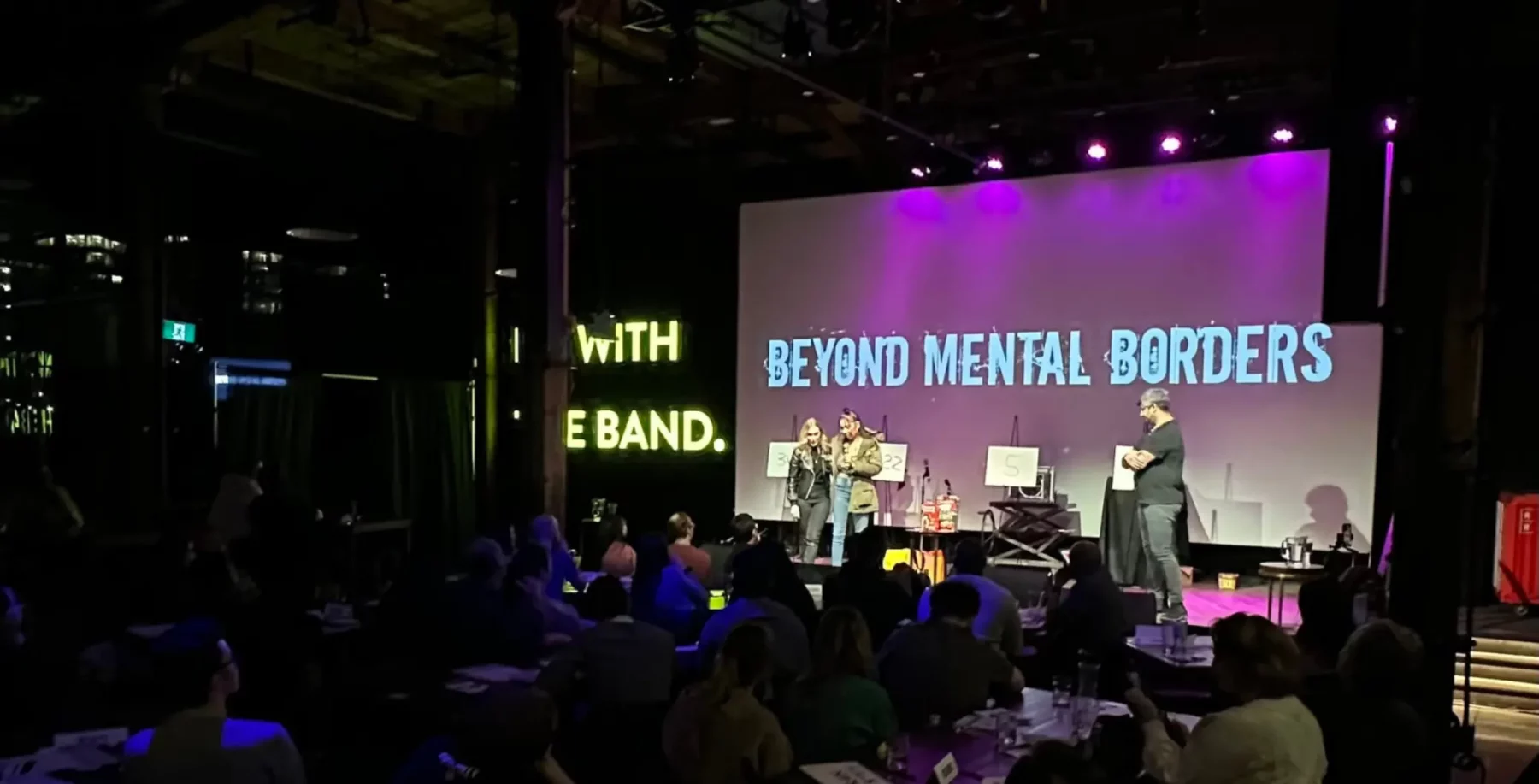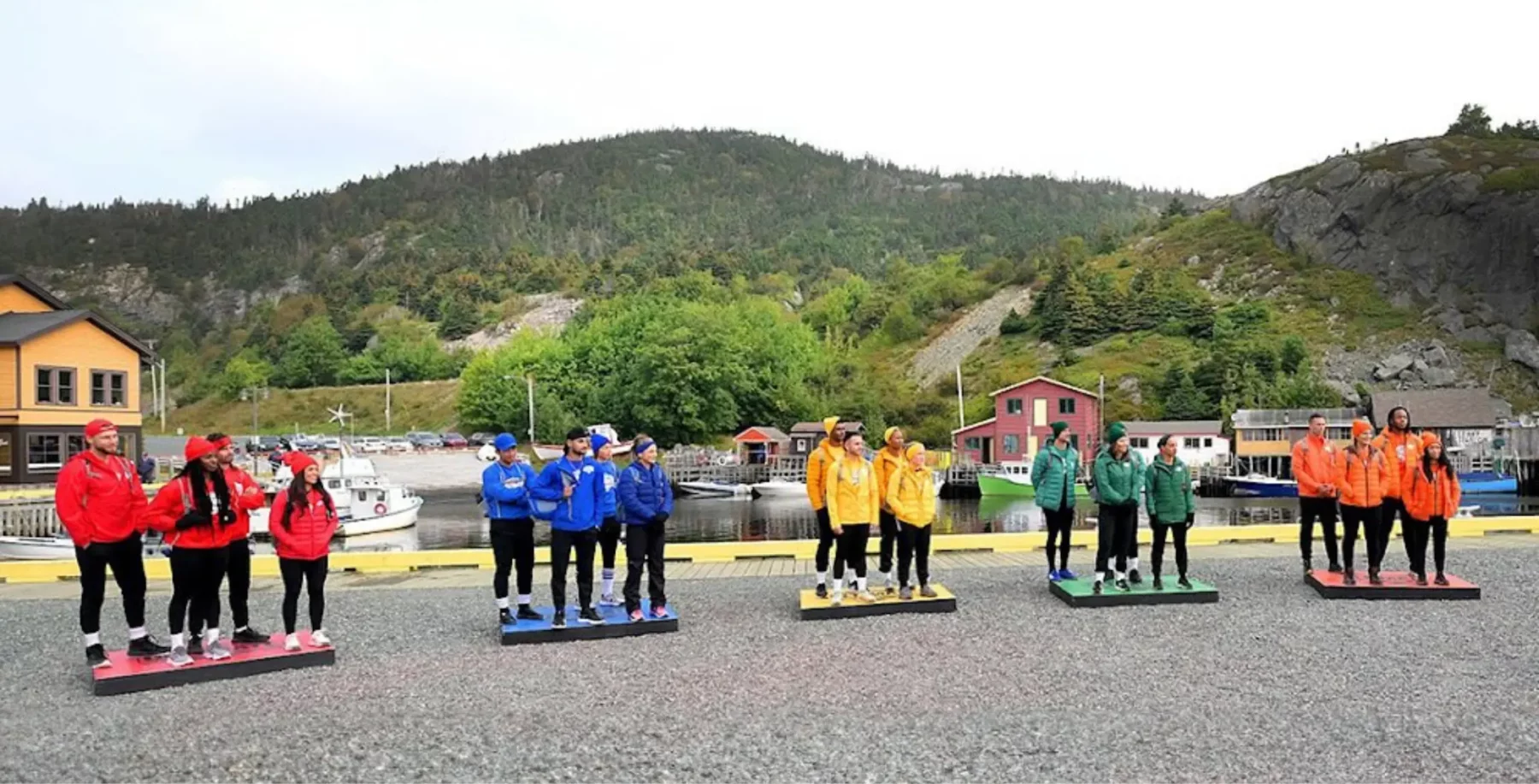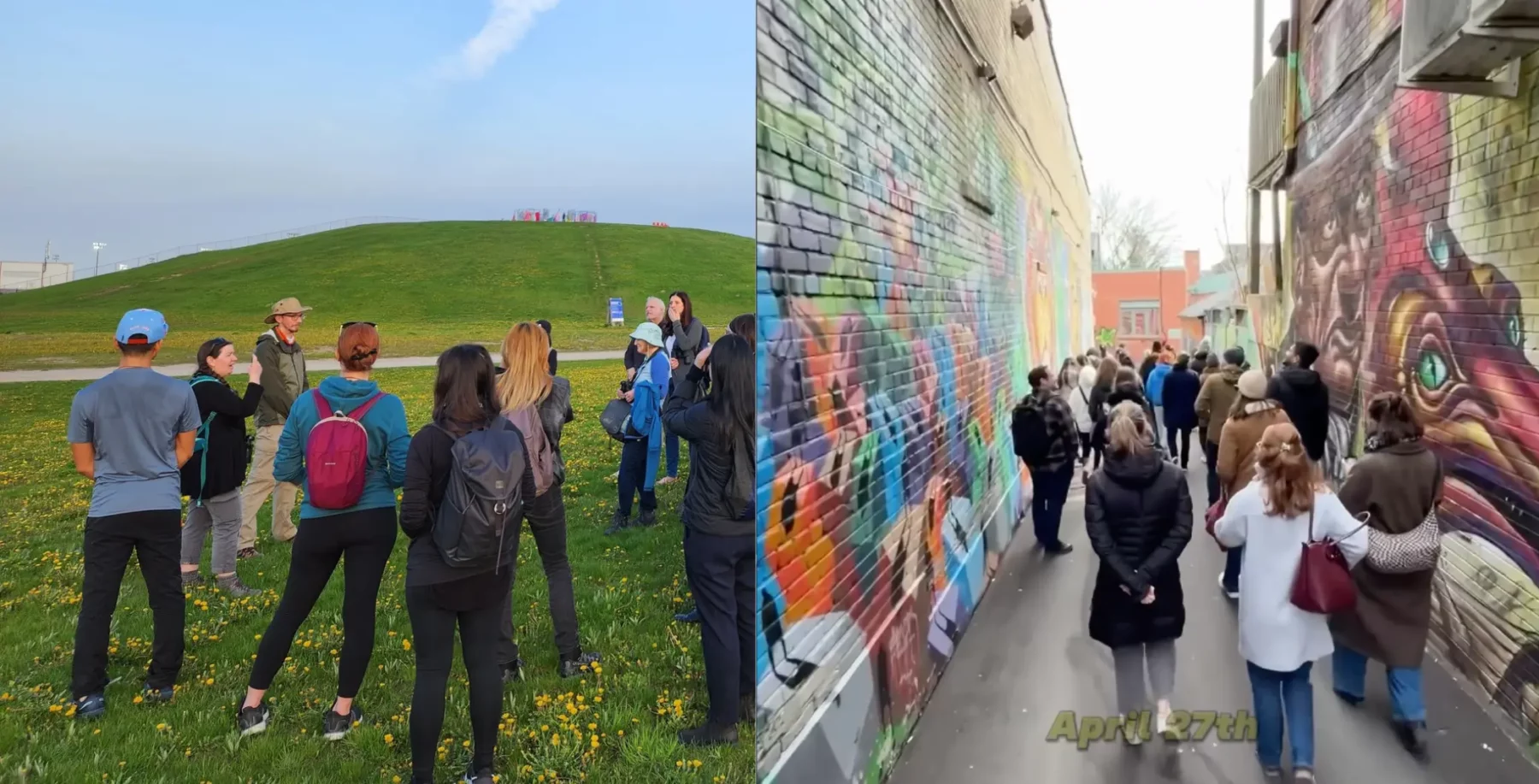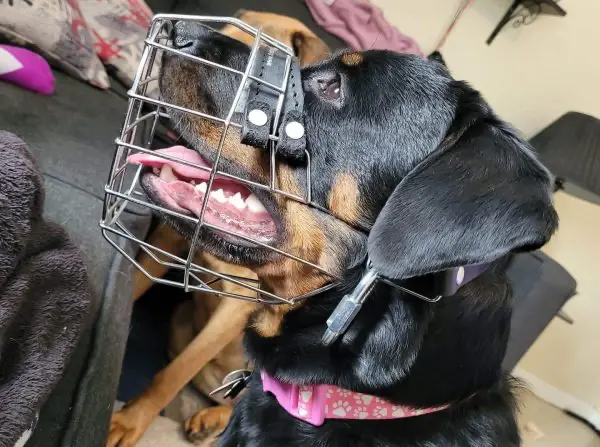
When Hal Niedzviecki resigned as editor of Writers’ Union of Canada’s (TWUC) magazine Write last week, he declared in an essay entitled Winning The Appropriation Prize that he does not believe in cultural appropriation. “There is no formula to appropriately appropriating,” he wrote.
As an Indigenous writer, I have always had the opposite experience: I have struggled to be universal in my work.
During a 20-year journalism career that included stints at TV Guide Canada, the Globe and Mail, Phoenix Gazette/Republic, KPNX (an NBC affiliate in Phoenix) and Phoenix magazine, my coverage was bland, white-washed and safe. I chose mainstream topics and parroted styles that ensured my race would not be recognized. When I was mistaken for Japanese or Hawaiian, I never protested.
There was a constant fear of being misunderstood and ostracized and of not having enough time or space to tell the whole damn story. History is hard for one person to try to fix. Not only my dismal personal life, but also the burden of belonging to a conquered people made dealing with judgmental peers numbing.
You have to understand where I come from before you call me a sellout.
I was born on Walpole Island, an Ojibway reserve in southern Ontario. My family, like most Natives, was desperately poor. The old ways were replaced with handouts and religion. Family values were replaced by booze and rage. Any attempts to improve your lot were discouraged and could even get you jailed.
I was told that my grandmother went to the United States to get a teaching certificate but was not allowed to teach on the rez. She supported her family by making sweetgrass baskets and selling them to tourists.
My father wrote for Wallaceburg News, where he was not allowed to write about births or deaths. It was not until 1960 that Native Canadians were granted citizenship. These things rub off on children, who often bore the brunt of lives and dreams curtailed. Even before residential schools, the war on self-esteem was in full swing.
I had my first residential experience when I was nine. My older sister and I were sent to the Mohawk Institute, aka “mush hole,” when there were no teachers at the rez school we were supposed to attend. There was no hydro, running water or heat. Most teachers were women. My sister and I were at the mush hole for about six months. Regular meals and clean clothes were benefits accepted gladly.
We were returned to our family when the school year ended. We had a new house, but little else had changed. There was still no running water, or electricity – or food. It was the summer that the Holy Rollers arrived with their big white tents, preaching fire and brimstone deep into the sweltering nights.
My father added saving souls to his moonshine business and became a preacher. My sister and I were the props in this sideshow, going up for altar call on slow nights and being the first to get dunked in the river when a reluctant crowd stood on the shore. We were baptized and saved a dozen times that summer.
In 1956, my mother was clinging to life in hospital, having given birth without benefit of medical care or proper nutrition. My absentee father was on the lam again. Along with four siblings, I was scooped up and sent to the Mohawk Institute, round two for me. I would live there for four years. This was where I developed a new survival skill: staying under the radar.
The school was run by the Anglican Church. We all dressed the same, prayed the same, spoke English and acquiesced to caregivers, who carried menacing leather straps. Native spiritualism and ceremonies were never mentioned. Indian languages forbidden.
In 1960, residential school kids of a certain age were farmed out to families as help. At around 14, I was sent to live with a white family in Etobicoke. I was happy there.
However, my social worker had a close friend who needed a household helper who was easy to manage. I was treated like an indentured servant. When their kids were sick they called the doctor when I had the flu I was told to get my butt to school. I started acting out, so I was shipped to another family.
My new family were supportive, but high school was a nightmare. I had no fashionable clothes or athletic skills and was very shy. I was a target for haters and bullies. Being the only Native in a school full of smart-ass rich white kids broke a lot of kids.
Surrender was not an option. My goal was to finish school and become the most awesome writer ever. Big dreams, little planning.
At 17, naive and ballsy, I walked into the old Telegram office (where the Globe and Mail is now housed) and asked to speak with the editor. I was introduced to Arthur Cole. I told him I wanted to be a reporter. He spent a lot of time chatting and told me to get some training. However, while I was in college, the Telegram closed, and Arthur Cole moved to New York City.
After college I drifted, odd-jobbing it around Toronto. This is how it would be for the next 20 years or so – writing superficial copy, easy enough to do if you’re just reporting the news.
After my divorce, I moved to Phoenix, Arizona, with two small children. I was still carrying a large pile of emotional baggage – trying to hide who I was, struggling to silence that insistent voice.
In Phoenix, I got a job at the morning edition of the local newspaper but never got a shot at writing. I was one of the first to go when downsizing began. No sweat. I got a package and was able to take care of the kids while I looked for work. It was at this time that I saw an ad for the Arizona Authors’ Association. Not a job, just an invite to join. I decided to check it out.
My interview with the president came at a pivotal point in my life. I was 40. I could not write about my life because it was a jungle filled with monsters and nightmares and if I went there I would emerge insane, or maybe not at all. I started to cry. She didn’t try to stop me. The tears were a rebirth.
I went home and discovered there were no groceries when my kids, watching TV, were expecting dinner. I told them to have cereal while I answered an ad for freelancers in the Scottsdale Progress. I got an assignment right away. I wrote my story, like a race horse turned loose, about the life of a woman living in the desert and the stories she wrote.
Soon after I was called in for an interview for a job with the city magazine. I included that Scottsdale story in my portfolio. The publisher was impressed. I would be their special events staff writer for the next five years. But I was still gun-shy about speaking out about injustice.
When I arrived, I didn’t know Arizona would save me. Seventy-five per cent of the state is reservation land. Native people are everywhere. They proudly practise their ceremonies and dances. Their stories and story-tellers are celebrated, their languages sacred. I experienced my first sweat lodge. I owe a lot of my journey to the teachings of the summertime evangelists, but it’s in the Native traditions that I’ve found an elusive peace.
Many things have happened since. The long years of silence gave way to an anthem to freedom.
Being told to be quiet, that my opinions were stupid and that I did not matter are just memories.
The little girl whose long braids were hacked off before a delousing and whose pretty white dress was thrown in the trash by the nurse at the mush hole will always be there, making sure I don’t forget.
news@nowtoronto.com | @nowtoronto












